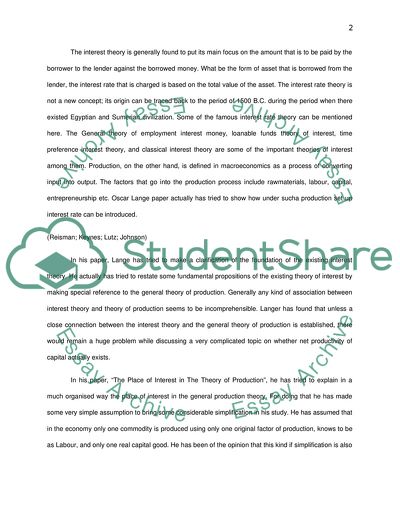Cite this document
(The Place of Interest in the Theory of Production Term Paper, n.d.)
The Place of Interest in the Theory of Production Term Paper. https://studentshare.org/technology/1721116-oskar-lange-the-place-of-interest-in-the-theory-of-production-economics
The Place of Interest in the Theory of Production Term Paper. https://studentshare.org/technology/1721116-oskar-lange-the-place-of-interest-in-the-theory-of-production-economics
(The Place of Interest in the Theory of Production Term Paper)
The Place of Interest in the Theory of Production Term Paper. https://studentshare.org/technology/1721116-oskar-lange-the-place-of-interest-in-the-theory-of-production-economics.
The Place of Interest in the Theory of Production Term Paper. https://studentshare.org/technology/1721116-oskar-lange-the-place-of-interest-in-the-theory-of-production-economics.
“The Place of Interest in the Theory of Production Term Paper”. https://studentshare.org/technology/1721116-oskar-lange-the-place-of-interest-in-the-theory-of-production-economics.


